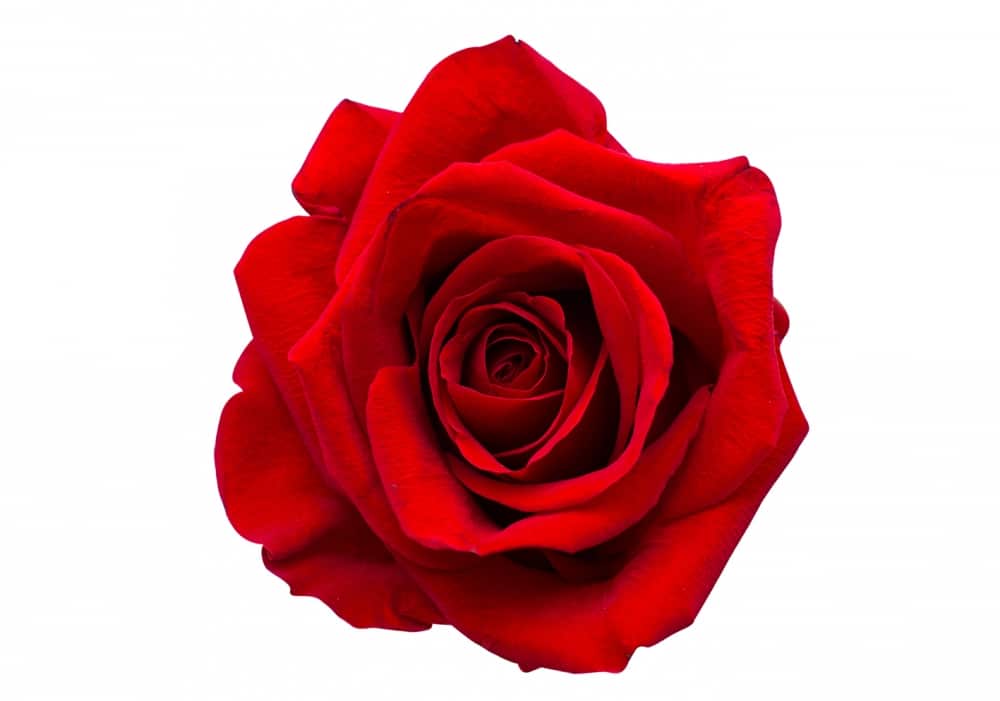The history of Valentine’s Day, legend says, originated during the third century in Rome. During this time, Emperor Claudius II decided that single men made better soldiers, so he outlawed marriage for young men. A young priest named Valentine was furious with this injustice and so defied Claudius by continuing to perform marriages for young lovers in secret.
Claudius eventually discovered Valentine’s actions and sentenced him to death. During his time in jail, Valentine fell in love with his jailer’s daughter, who visited him in prison. Before he was put to death, Valentine sent a letter to the girl and signed it, “From Your Valentine” – an expression we still use today. Valentine was executed on February 14, 270 AD. Later, around 496 AD, Pope Gelasius declared February 14 a day to honour Valentine, who by that time had become a saint.
The tradition of giving Valentine’s Day flowers dates back to the late 17th century, during the reign of King Charles II of Sweden. During a trip to Persia, Charles was exposed to a new art – the language of flowers. This expressionist art focused on one’s ability to communicate using flowers without uttering any words at all. The fad boomed across Europe, with lists of flowers and their meanings widely distributed. In the language of flowers the red rose, as you may have guessed, translated to deep love.
The rose took on this meaning because of its affiliation with Aphrodite, the goddess of love. In Greek mythology, it is said that rose bushes grew from the ground through Aphrodite’s tears and the blood of her lover, Adonis.
The Romans, who turned Aphrodite into their goddess Venus, kept the rose as her symbol of love and beauty. So when Valentine’s Day became the mainstream event we know today, the rose was an obvious choice for the most fitting gift. But why just allow February 14 be the one day of the year that roses take centre stage?
If you choose a rose bush to gift to your Valentine this will bring many days of exquisite, often highly scented flowers through the summer months. February is a good month to plant new red roses, so long as the ground isn’t frozen. Bare-root rose bushes from specialists will arrive without leaves, but these fresh plants will soon shoot into growth in early spring after being planted in February.
Here are a few of my favourite red roses for you to consider for a loved one – or indeed yourself:
Deep Secret
The most deliciously scented, deep-red rose, with soft and velvety petals. Buds are a dramatic black and are perfectly shaped before the blooms fully open. The gorgeous flowers are surrounded by attractive purple leaves. Peter Beales www.classicroses.co.uk
Thinking of You
Flowers in a delightful crimson red that oozes romance and charm and has a delicious fruity perfume. A healthy, free-flowering rose that produces tall stems that are good for cutting. www.davidaustinroses.co.uk
Darcey Bussell
Deep red rosette-style flowers that are both wonderfully old-fashioned and hopelessly romantic. This healthy variety has a strong scent and bears masses of flowers each summer. www. davidaustinroses.co.uk
Velvet Fragrance
Large, classic-shaped blooms with many petals, like the ones you see in the florist only with a superb, seductive scent too. A strong and vigorous grower. www.davidaustinroses.co.uk
The Times
This is a superb red rose for the garden if you want to grows lots of rose bushes together to make a big display. It produces its velvety, scarlet red flowers in large clusters and has shiny, almost purple foliage. www.jasoningram.co.uk
Precious Time
One of the darkest and most dramatic red roses, the outer petals showing deep-red and black colouring. The beautifully shaped blooms start off burgundy coloured in bud. www.styleroses.co.uk
Tips for February in the garden
Use February to get yourself properly prepared for springtime. The following jobs will set you up for your best growing season yet:
Prepare your seed beds. As long as the ground isn’t frozen, you can cultivate beds and start to warm up the soil, with fleece, polythene or cloches, in preparation for sowing in the coming months.
Organise this year’s seeds by sowing date. Get hold of a box with dividers, and file your seed packets by the month they need to be sown in. You’ll be so glad of this effort in the weeks to come.
Check your tools are sound and your garden machinery is working. Give your equipment the once over and apply a little TLC to anything that needs it
Blitz perennial weeds in your beds and kitchen garden. Dig them up, roots and all, to get a head start on the blighters before the weather warms up.
Cut back shrubs, such as cornus and salix cultivars (grown for their colourful winter stems), down to their bases.
Prune summer-flowering clematis towards the end of the month, before active growth begins. For advice on the best way to do it, check a clematis pruning guide.
Cut back the old foliage from ornamental grasses before growth begins. Clip them to within a few centimetres of the ground.
Prune overwintered fuchsias back to one or two buds on each shoot. Prune winter-flowering jasmine (Jasminum nudiflorum) after flowering, to encourage new growth for next year’s blooms. Cut back the previous year’s growth to 5cm from the old wood.
Prune winter-flowering shrubs such as mahonia and viburnum x bodnantense once their colourful display has finished.
Move any deciduous trees or shrubs that need repositioning now, provided the soil is not frozen or waterlogged.
Look out for hellebore leaf spot (rounded brown spots on the leaves) and remove any leaves that are affected.
Order flower bulbs for summer colour, such as lily-of-the-valley and gladioli, in preparation for spring planting.
Choose fruit trees now for planting in early spring. If space is limited in your garden, try growing dwarf fruit trees or edging vegetable plots with stepover apple and pear trees.








